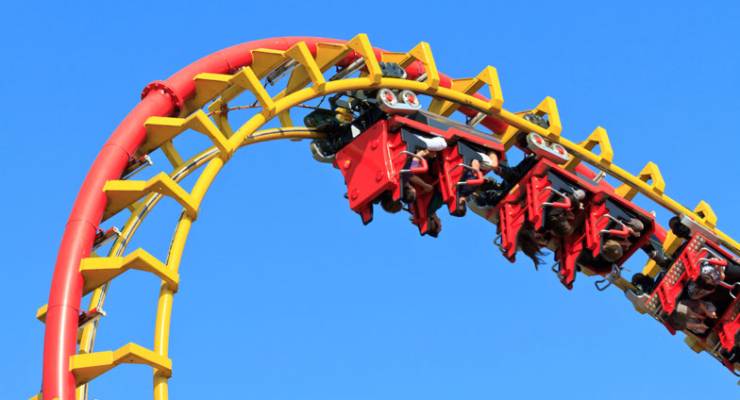
The harrowing death of four adults on the Thunder River Rapids ride at Queensland’s Dreamworld theme park is the leading story for news outlets Australia-wide today.
It’s everyone’s childhood nightmare come true. It’s the stuff of urban legend: “Did you hear one time, on the [insert scary name] ride, a woman [insert scary accident]?”. Although deaths occur on Australian roads pretty much every week, the nation was shocked to a standstill by the Dreamworld deaths — likely because fatal theme park accidents are rare, but also because such places are supposed to be fun and safe.
Let’s take a look behind the scenes at who is responsible for regulating theme park safety in Australia, and how often these tragedies happen.
Who regulates theme park safety?
Several industry bodies are involved in developing voluntary safety standards for Australian theme parks, but it is up to state or territory government workplace health and safety departments to regulate the industry and decide if standards are enforceable.
Standards Australia develops best-practice guides for theme park owners and operators regarding the upkeep and safety of amusement rides and devices: “In-service inspection“, “Design and construction“, “Operation and maintenance“, and “Specific requirements for roller coasters“.
You can see those safety standards for yourself, if you’re willing to pay between $100 and $500 for each.
Exactly how enforceable these standards are by Workplace Health and Safety Queensland (WHSQ) is not clear.
Engineers Australia has stated on its website that the onus is on amusement ride owners, with government authorities having, well, little authority:
“In Australia, state and territory governments are responsible for the regulation of occupational health and safety, which includes fairground and amusement equipment. Though regulations vary considerably between jurisdictions, the law generally holds ride owners responsible for the safety of people on amusement rides and devices.
How effective are these safety regulators?
In the case of identified amusement ride risks (often after an accident has occurred), WHSQ can issue a safety alert requiring theme park operators to take action.
In 2013, a five-year-old child was flung from the “Frisbee” ride (also known as the UFO) in Toowoomba. In response, WHSQ issued a safety alert requiring operators of similar rides to engage engineers to conduct a risk assessment, adjust rider seatbelts and add primary and secondary locks.
Another safety alert was issued in 2015, which said under “action required” that owners of Sizzler type rides “should” have their rider restraint systems assessed.
Since the 2013 accident, WHSQ has also advocated for park owners to conduct more thorough safety checks. The WHSQ website states:
“WHSQ conducted statewide campaigns to educate and assist ride owners to address the safety issues.”
“The majority of these ride owners have implemented appropriate engineering controls to address the issues.”
Standards Australia’s “In-Service Inspection” is the one area WHSQ can enforce. It requires that the inspection must be carried out by an engineer registered with the National Professional Engineering Register (NPER) or the National Engineering Technologists Register (NETR).
However the management of the inspection is the responsibility of a panel with representatives from organisations such as Engineers Australia, Australasian Institute of Engineer Surveyors (AIES), Consult Australia (CA), workplace health and safety authorities and the Australian Amusement, Leisure And Recreation Associations (AALARA).
What’s happening now?
Queensland Premier Annastacia Palaszczuk told 7.30 last night that the follow-up investigations of the accident will be thorough.
“The police are in charge of this. They are running the investigation. They have got Workplace Health and Safety officers on site. Undoubtedly the coroner will be involved as well. We want to leave no stone unturned to get to the bottom of this,” she said.
“Look, safety needs to be a number one priority, and what we’ve seen today is perhaps, you know, the worst tragedy in a theme park in my living memory.”
Yesterday’s Dreamworld accident is understood to be the second most lethal amusement park ride accident in Australian history, after six children and one adult were killed in a fire on the Luna Park Ghost Train in 1979.







The union complained in advance of the deaths. What is the role of unions in workplace safety?
Perhaps that’s why we ‘need’ the ABCC – to shut them up when they threaten profits.
Typical short termism of business as eventually all the evils that lurk in the mire emerge, with catastrophic resilts.